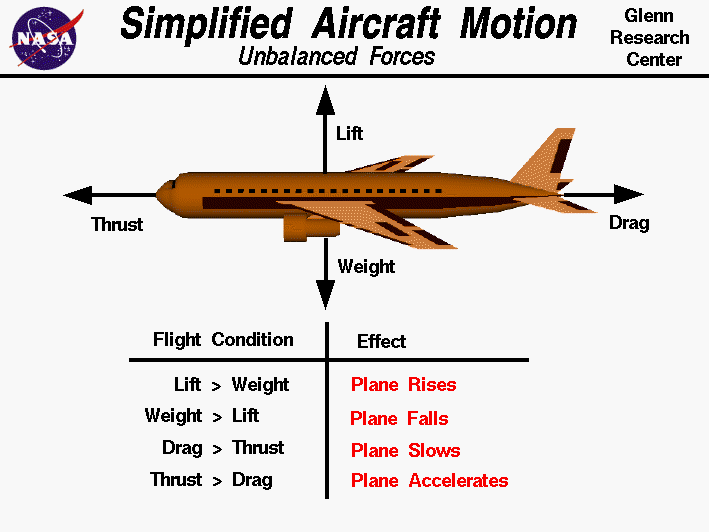CrunchBunk
New Member
If we are discussing balloon IR transparency, I would like to revisit this short segment that I posted earlier on. Initially I thought it might be the balloons getting jostled by an impact with a lamp post.
However investigating it from the perspective of IR transparent balloons, there does seem to be something of interest going on when the top portion of the balloon passes over a black background. Half of the object passes in front of a hot spot, which could be a vehicle that was recently running.


However investigating it from the perspective of IR transparent balloons, there does seem to be something of interest going on when the top portion of the balloon passes over a black background. Half of the object passes in front of a hot spot, which could be a vehicle that was recently running.

